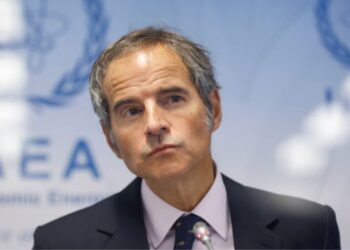Middle Eastern countries at COP27 want to focus the discourse on security and energy transition. They hope to avoid having assets tied up while the world aims for zero net emissions.
Fossil fuel production on the rise
In the Middle East, the United Arab Emirates is the third largest OPEC producer and will host COP28 in 2023. Abu Dhabi National Oil Company (ADNOC) is forecasting a sharp increase in oil production. Indeed, ADNOC wants to increase from 4 million to 5 million b/d by 2030, if not earlier.
Saudi Arabia, one of the main OPEC countries, is also in the process of increasing its production. Oil giant Aramco will increase its maximum capacity to 13 million b/d by 2027 from the current 12 million. Finally, Qatar is rapidly developing its LNG capacity.
A Bold Goal
However, Middle Eastern countries will have to reconcile their hydrocarbon program with net consumption reduction targets. They will also have to take into consideration a higher domestic energy demand. While the Gulf countries are developing renewable energies, they remain dependent on oil and gas for power generation.
Middle Eastern countries commit to net zero emissions by 2050. For example, the United Arab Emirates has the support of the United States to raise $100 billion to finance 100GW of clean energy. This cooperation is expected to take place by the year 2035 worldwide.
Local realities
These countries are experiencing increasing energy demand with rapid demographics and economic growth. Thus, desalination in the Middle East requires a lot of energy. In 2016, it accounted for 5% of the region’s total energy consumption.
In addition, desalinated water production would increase 14-fold by 2040, according to the International Energy Agency. Water scarcity coupled with the aridity of the region would increase the demand for electricity for water supply. Thus, these costs are likely to amount to 3.3% of GDP per year over the next ten years for each country.






